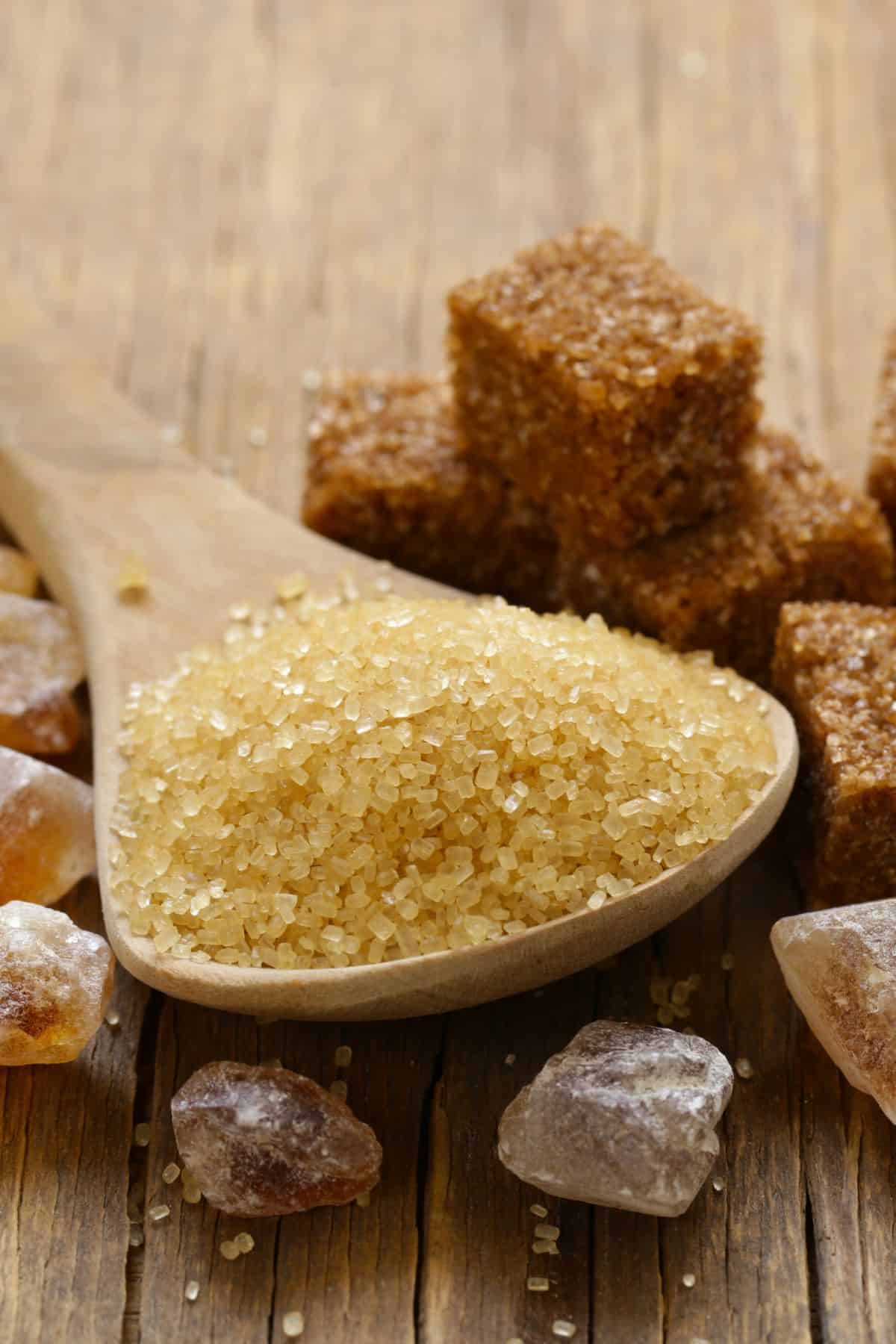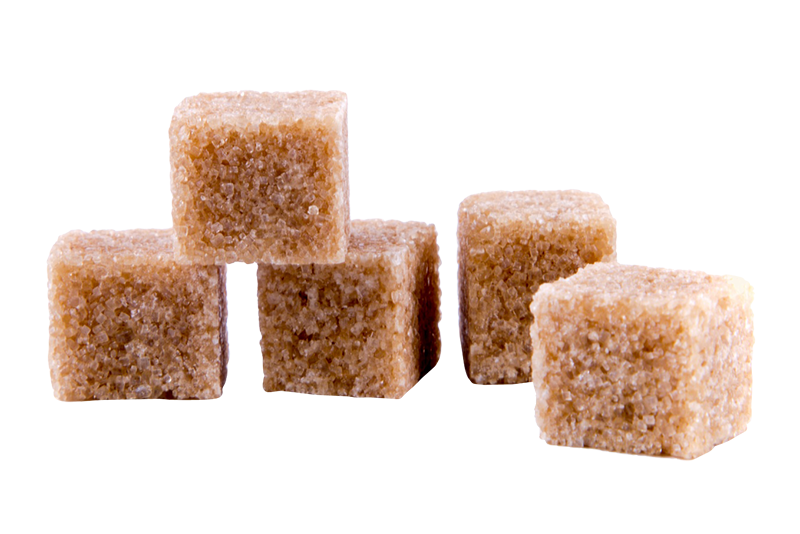Comprehending Cane Sugar Processing: A Comprehensive Introduction of the Stages
A Thorough Overview to the Environmental Effect and Sustainability Practices in Walking Cane Sugar Processing
The environmental influence of cane sugar processing offers a complex range of difficulties that warrant cautious exam. From dirt degradation and excessive water usage to the carbon footprint related to cultivation and manufacturing, the effects of typical methods are far-ranging. On the other hand, the adoption of cutting-edge sustainability actions supplies a path toward a lot more liable production approaches. Recognizing the interaction between these concerns is vital for stakeholders in the industry. What details techniques can be executed to strike a balance in between productivity and environmental stewardship? The responses hinge on a closer consider both the difficulties and prospective remedies.
Overview of Walking Stick Sugar Handling
Cane sugar processing entails a collection of systematic steps that change sugarcane right into refined sugar. At first, collected sugarcane is transported to refining facilities, where it goes through cleaning up to remove dirt and particles. Following this, the walking stick is squashed to extract juice, which is then made clear by removing contaminations via heating and the enhancement of lime.
The made clear juice goes through dissipation, where water is eliminated to focus the sugar web content. This concentrated syrup is after that crystallized through air conditioning, enabling sugar crystals to form. These crystals are divided from the staying syrup using centrifugation, causing raw sugar. To achieve polished sugar, the raw item undergoes further purification processes, which might include filtering system and cleaning to remove staying pollutants and shade.
The final product is then dried and packaged for distribution. Throughout this whole procedure, preserving effectiveness and top quality control is vital to guarantee the sugar fulfills market criteria. Each action in cane sugar handling not just adds to the end product however also has effects for source usage and waste generation, setting the stage for discussions on sustainability and environmental effects connected with sugar manufacturing.
Ecological Challenges of Production
The production of walking stick sugar provides a number of considerable environmental challenges that warrant focus. One main problem is the substantial use of agrochemicals, consisting of chemicals and fertilizers, which can cause dirt deterioration, biodiversity loss, and contamination of local water resources. The drainage from sugarcane areas often carries these chemicals into nearby ecological communities, interrupting water life and influencing the wellness of areas reliant on these water bodies.
Another difficulty is the high power consumption related to sugarcane processing. The boiling and refining stages require significant warmth, primarily generated by shedding fossil fuels, contributing to greenhouse gas emissions. Furthermore, the extensive land area needed for sugarcane growing can bring about logging and habitat destruction, additional worsening climate modification and harmful wild animals.
Moreover, the labor techniques in some regions raise ethical problems, as employees might face poor working conditions and insufficient incomes. This scenario frequently perpetuates a cycle of hardship in neighborhood communities. Cane Sugar Processing. Addressing these environmental difficulties is crucial for developing a lot more lasting practices in walking stick sugar production, inevitably profiting both the atmosphere and the areas associated with this market
Water and Land Use Effect
Water sources and land utilization are important elements in the walking stick sugar market that considerably affect the setting. The growing of sugarcane needs significant water input, with price quotes recommending that it can take in up to 2,000 liters of water per kilogram of sugar produced. This intensive usage of water commonly brings about exhaustion of regional water resources, find more information impacting not just the sugarcane ranches yet likewise bordering ecological communities and communities that rely on the same water resources for agriculture and domestic use.

Furthermore, land usage for sugarcane growing can bring about deforestation and the conversion of all-natural environments into you could try here monoculture ranches. This technique diminishes biodiversity, interferes with local ecological communities, and adds to dirt degradation. The development of sugarcane areas commonly intrudes on useful farming land, producing competitors for resources between food and biofuel production.
Lasting methods, such as maximizing irrigation techniques and applying plant rotation, are necessary to minimize these impacts. By embracing a lot more effective water use and land administration strategies, the cane sugar industry can decrease its ecological footprint, guaranteeing a balance between agricultural productivity and environmental conservation.
Greenhouse Gas Emissions
Greenhouse gas discharges represent a considerable ecological concern within the cane sugar processing sector, especially as agricultural methods increase to satisfy international demand. The cultivation of sugarcane, a plant that flourishes in exotic climates, relies heavily on synthetic fertilizers and pesticides, which add to nitrous oxide exhausts. Furthermore, land-use changes, including deforestation for brand-new sugarcane haciendas, release carbon dioxide kept in greenery and soil.
During processing, energy usage is one more major source of greenhouse gas emissions - Cane Sugar Processing. Lots of sugar mills use nonrenewable fuel sources to power machinery and produce warmth, resulting in significant carbon footprints. Moreover, the transportation of raw sugarcane and completed items includes layers of exhausts via gas burning in automobiles
The collective result of these discharges intensifies climate change, posing risks not just to the setting but additionally to the lasting practicality of the market. Stakeholders need to recognize the immediate requirement for extensive approaches that resolve these exhausts. This includes evaluating present agricultural techniques, refining techniques, and transport systems to identify locations for enhancement and reduction. Addressing greenhouse gas emissions is important for promoting an extra lasting walking cane sugar industry in a transforming climate.

Sustainable Practices and Innovations
Sustainable methods and innovations are increasingly crucial in the walking stick sugar processing market as stakeholders look for to decrease environmental effects while maintaining performance. One significant innovation is the implementation of integrated crop monitoring, which maximizes resource use by combining dirt monitoring, insect control, and plant turning methods. This method boosts return while minimizing chemical inputs and maintaining soil health.
In addition, the fostering of renewable resource sources, such as biomass from sugarcane deposits, has actually obtained traction - Cane Sugar Processing. By transforming waste products right into energy, processing facilities can minimize their dependence on nonrenewable fuel sources, thereby decreasing greenhouse gas discharges
Water monitoring practices have actually also seen enhancements via the recycling and reusing of water in processing plants, significantly decreasing freshwater intake. Developments in innovation, such as accuracy agriculture, make you could try this out it possible for farmers to check plant wellness and source usage better, making sure lasting growing techniques.
Furthermore, accreditation programs like Fair Trade and Jungle Alliance motivate ecologically responsible farming practices and promote social equity within the supply chain. By embracing these sustainable practices and advancements, the walking cane sugar handling market can boost its resilience and contribute favorably to ecological stewardship.
Conclusion
The ecological impact of walking stick sugar processing provides significant challenges, including dirt degradation, high water consumption, and greenhouse gas emissions, alongside honest problems connected to labor practices. Addressing these problems via lasting practices, such as incorporated crop management, renewable resource adoption, and water recycling, is essential. By promoting socially fair and environmentally liable approaches in sugar manufacturing, the industry can reduce its adverse effects, making certain a much more sustainable future for both communities and communities associated with this market.
Cane sugar processing involves a series of methodical steps that change sugarcane into refined sugar. Each step in cane sugar handling not just contributes to the final item yet also has effects for source usage and waste generation, setting the phase for conversations on sustainability and environmental influences linked with sugar manufacturing.
Greenhouse gas discharges stand for a substantial ecological concern within the walking stick sugar handling industry, particularly as farming methods increase to meet international demand.Lasting practices and technologies are increasingly essential in the cane sugar handling industry as stakeholders look for to lower ecological influences while maintaining efficiency.The environmental effect of walking cane sugar processing offers significant challenges, consisting of soil destruction, high water usage, and greenhouse gas emissions, along with ethical worries related to labor methods.